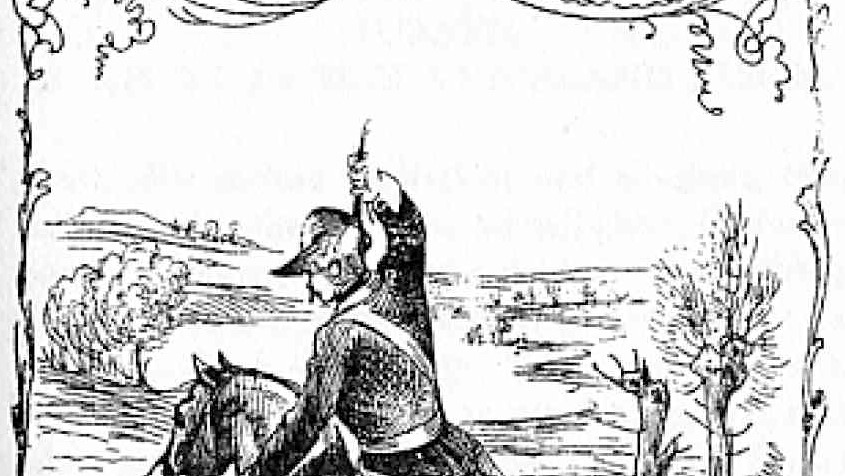
It happens the same way, you study all your life, you work, you think you are such a pepper, salt of the earth, and then you understand the bang ...
It was like that, I conceived a navigation jamming system , made a fee for it. I’m writing, honestly, without slyness, they say, there is a synchronization input, you can send a PPS time signal and take measurements there.
And then it dawned on me: if there is no navigation, then there is no exact time either! (Then I remembered old Munchausen, who also wanted to pull himself out of the water by his hair) Almost everyone today, including me, still does not fully understand this technological and, at the same time, fundamental connection between space and time, and those troubles, which brings disregard to him attitude.
But there is a way out, of course. After all, all good things come up to us.
There is a positioning system Seagull . In terms of positioning, it is not very global, it works by regions, but it covers our country. Its name includes the abbreviation IFRS, which means a pulse-phase radio-navigation system. That is, first the position of the receiver is calculated roughly from the difference in pulse delays, and then it is determined from the phase difference.
In the US, there is a similar system - Loran .
Now there is an increased interest in these systems, as satellite navigation signals in practice were easily susceptible to suppression and imitation. The military is particularly worried. And it is not that these IFRS were somehow imitated or interfered with. Just war involves the use of a complex of means, you need to use all possible means and process them together.
You will find in the network a lot of beautiful photos of transmitter masts, descriptions of the principles of operation and much more. There is an article on Habré about signal processing IFRS. Cool!
My experience with the signal is still superficial. I just tried to see it and write it down. For this, I blew the dust from the old USB3 input board with the LTC2217 ADC.

The ADC here is stupidly wound up on the CYUSB3014, clocked by it from the 40 MHz generator. This is quite enough for digitizing the IFRS signal with a carrier frequency of 100 kHz.
At first I tried to see the structure of the signal by hooking the wire antenna directly to the ADC. And I did it in the city. Nothing was found, although the antenna was 15 meters long. There was anything, but not a pack of nine or eight radio pulses with a repetition period of 1 millisecond and the time between packs of about 80 milliseconds. Deletion from residential areas did not work: since there was no filter at the input, the necessary frequencies were clogged with signals from broadcasting stations. It became clear that the anti-aliasing filter is needed necessarily. And best of all with an amplifier.
And the world is not without good people. Dear SRJ gave me a temporary engineering miracle, which not only transmits frequencies from 9 kHz to 30 MHz, but also amplifies by 15 dB.

But in the city to see the signal still did not work. I had to go to the field, away from people, so that it would be for sure. And, lo and behold, there the signal showed us its rounded barrels!


There were no large trees near, the antenna was abandoned on small bushes. The antenna was symmetrical - a dipole, just two wires soldered to the shoulders of the input filter-amplifier circuit. At first, the shoulders of the dipole were completely dissolved, the length was about 7 meters. The signal is excellent! Then I began to reduce the shoulders, twisting the ends of the rings by the method of half division. With a length of eight times less, the signal has already begun to go under noise.
I can’t tell about the signal-to-noise ratio (SNR) in the timing diagram, and I cannot reveal the link between the SNR and positioning accuracy, this is a matter for specialists, but I want to note that when the arm length is less than a meter, the signal was visible to the eye. This gives hope that the signal can be received on a small antenna that can be carried around. As nazhristy gull in the photo below.

And indeed, there is a long-standing module from St. Petersburg RIRVA and a small antenna .
Now we have signal recordings and we can begin to understand how to reclaim the space and time lost in the zones of suppression and imitation of satellite navigation.
It seems to me that in the near future it will be possible to install an IFRNS receiver even on a flying drone. And so get away from the noise of navigation.
I ask the IFRS specialists not to kick me for the simplicity of the approach, but to promote the development of technology. Your feedback and assistance in mastering the reception will be very helpful. For example, I am interested in the resulting positioning accuracy in different conditions. They say there are even differential solutions for IFRS.